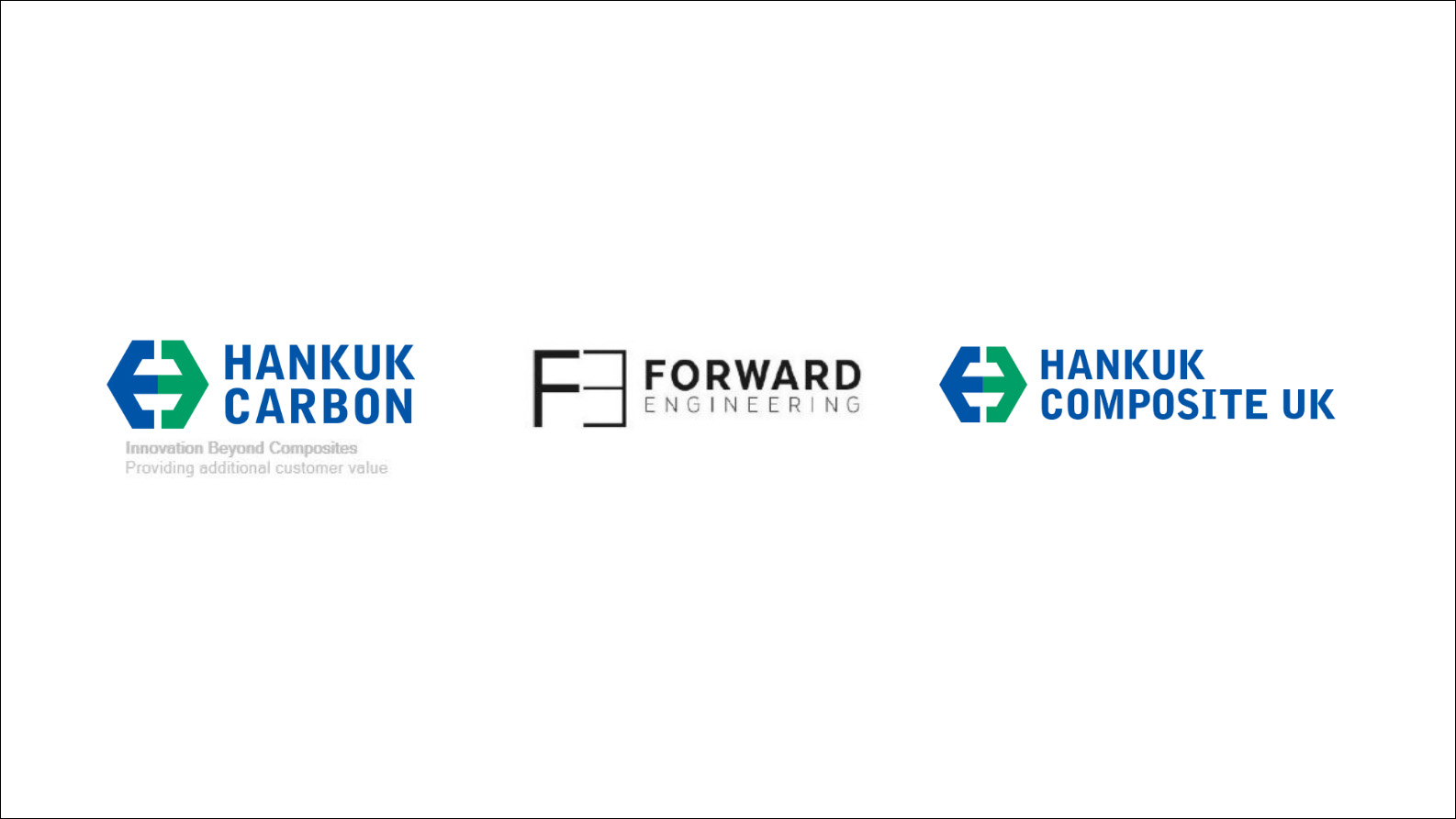Hankuk Carbon has finished the first stage of life cycle assessment (LCA) for its carbon fibre prepreg, in order to quantify the CO₂ emissions of its materials and find solutions for a more sustainable future.
In various applications composite materials contribute to sustainability and reduce through-life carbon impact by enabling the manufacture of complex lightweight structural applications in cars, aircraft and wind-turbines, leading to longer life-cycles and less use of fossil fuels during the use phase. Upcoming recycling technologies will allow to use these materials to be effectively recovered for multiple life-cycles.
Critics can point out the higher embodied energy of carbon fibre without considering the end applications of composite materials. Efficient application designs utilising composites enable lower energy usage in the use phase and this is often significantly higher than the energy used in the manufacturing phase, especially if materials are recyclable. Hankuk Carbon has worked with Forward Engineering GmbH (Germany), a third-party expert consultant company who use the internationally recognised ISO 14040/44/67 standard as the baseline for their calculation, to conduct an overall first analysis of the carbon footprint of carbon-epoxy prepreg from cradle-to-gate. This gave Hankuk Carbon the opportunity to identify opportunities to improve sustainability in processing and to create an action plan to do so.
Looking ahead, Hankuk Carbon plans to conduct a more detailed LCA for its carbon fibre prepreg as well as liaise with its raw material suppliers and end customers to help appraise and reduce not only its own carbon footprint, but the overall footprint in its materials and applications. Furthermore, Hankuk Carbon is looking into forming strategic partnerships with carbon re-cycling companies to facilitate collaboration between its end customers across the supply chain to further reduce carbon footprint of composite components.
Website: www.hankukcomposite.com
